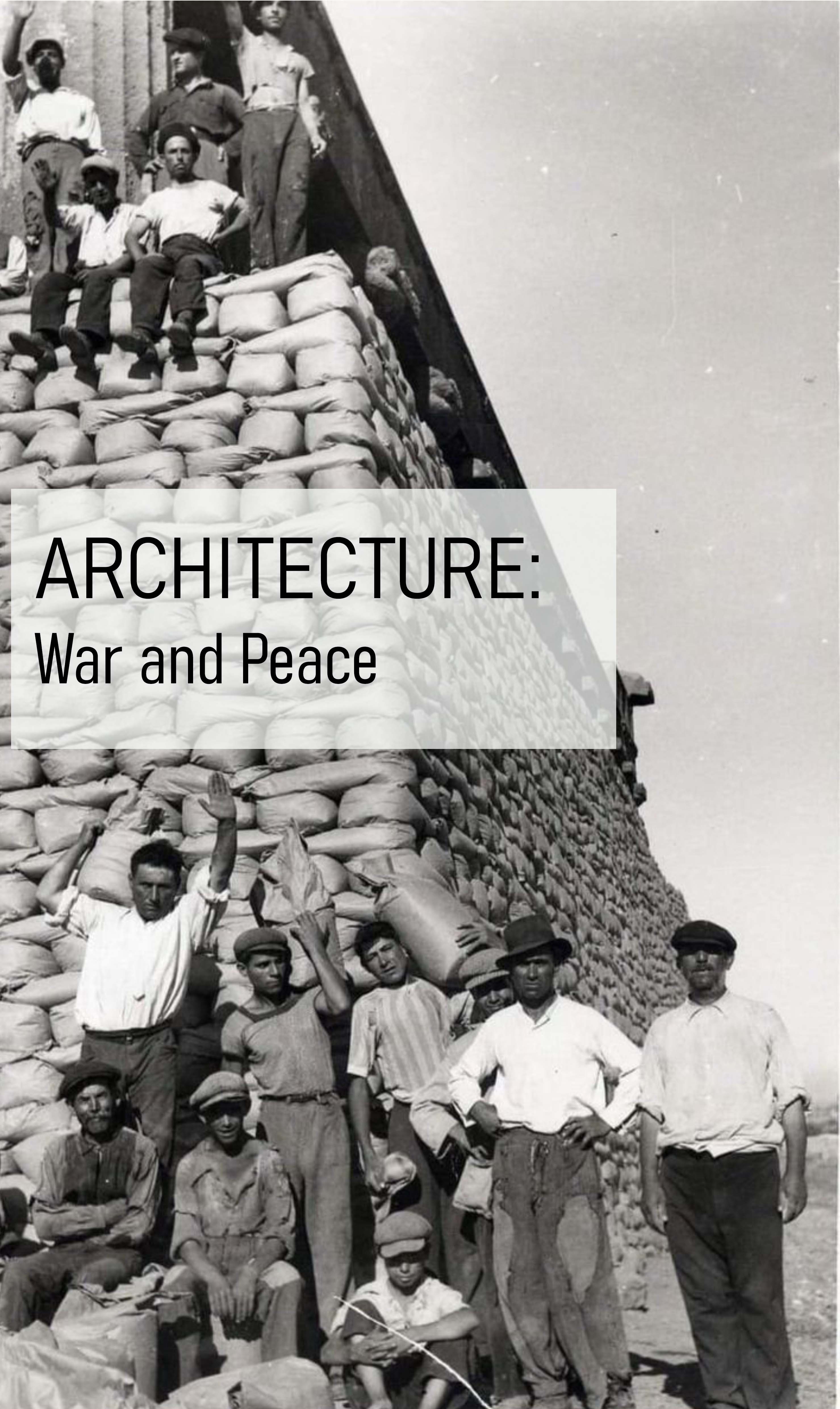Presentation
The world witnesses, once again, the scourge of war. As a consequence, it is urgent to think about what lies behind and what lies ahead. War. And peace: and the reconstruction of all that the war destroyed, physically, morally and ethically. The work of architecture has proved to be decisive; although it has two faces – dialectic, paradoxical: architects for war, and architects for (and in) peace, sometimes practicing their craft in both situations. Although the theme has been the subject of important reflections materialized in congresses, colloquiums, exhibitions and written works, it is believed that it is advisable to summon the disciplines – architecture and design – to return to an evaluation process, right now, today, but in a perspective which is also historical and related to a more distant era, or to an immediate and urgent present, to stand up to the challenges that Europe (and the World) face nowadays, as well as in the past. Architecture of war and destruction - if not repression and annihilation; architectures of peace, of remembrance, of reconstruction and human reunion, in peace - if Peace is not just an “interval” between wars…
If, on the one hand, architecture is strongly linked to war in its material dimension, transforming itself - for example - into an instrument of defense or attack (fortifications, trenches, etc.), helping to conceive programs of imprisonment, deportation and extermination or , from a representative point of view, in the production of a message of consensus and strength (monumental spaces for the masses), on the other hand, when architecture is an instrument of peace, it is the privileged vehicle for the promotion of immaterial characteristics , animated by a profound ethical value such as the construction or reconstruction of memories, identities and communities, even before the physical modification of the environment in which people live. When it reflects these values, it can achieve - for example - through the reconstruction of cities destroyed during the war, in the construction of houses and neighborhoods that humanely reflect the reorganization and social and political order resulting from the end of the conflict.


